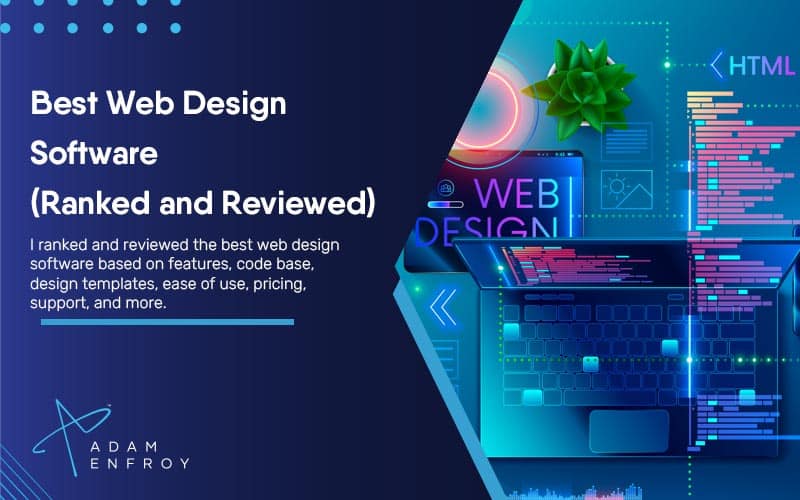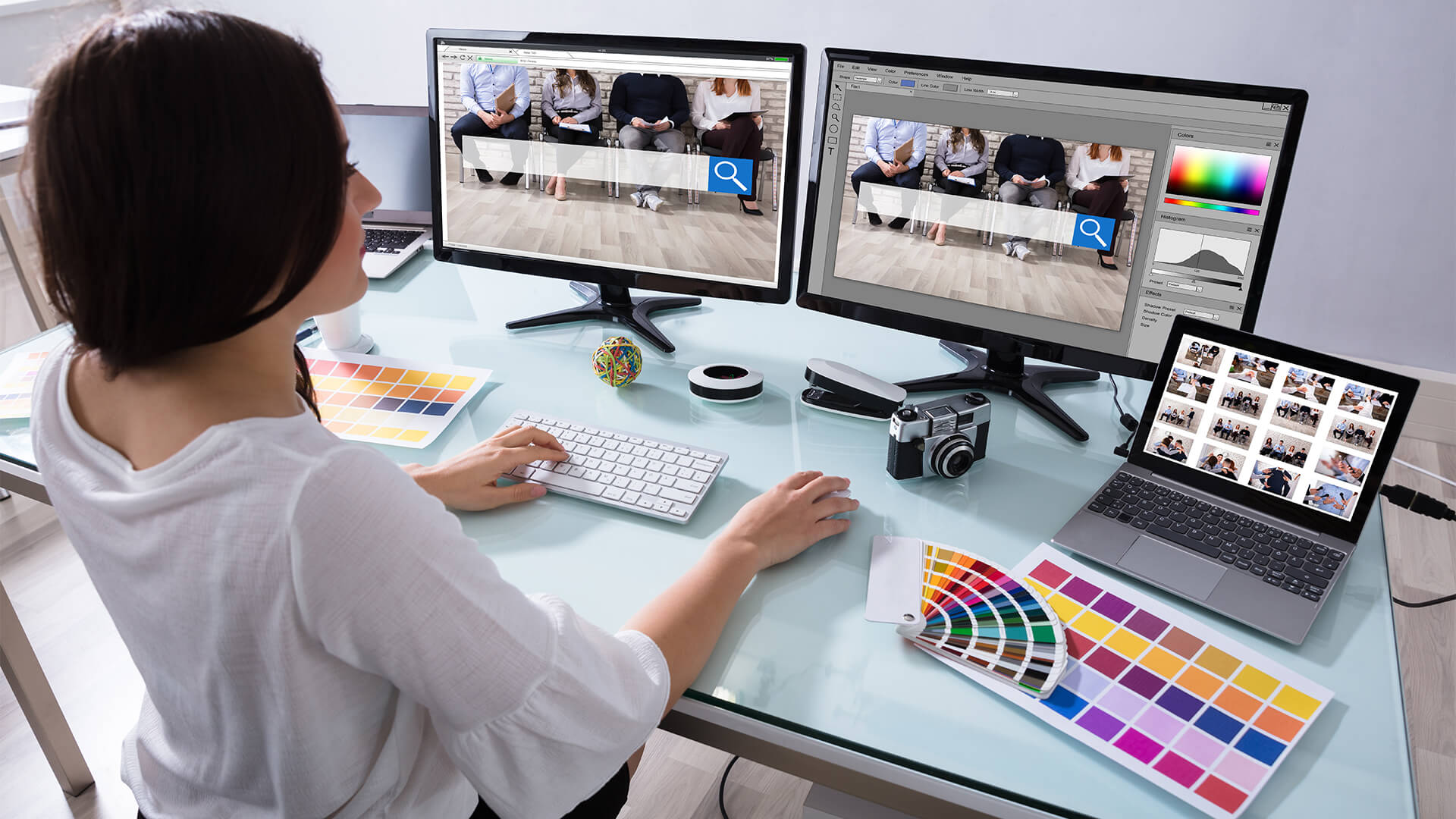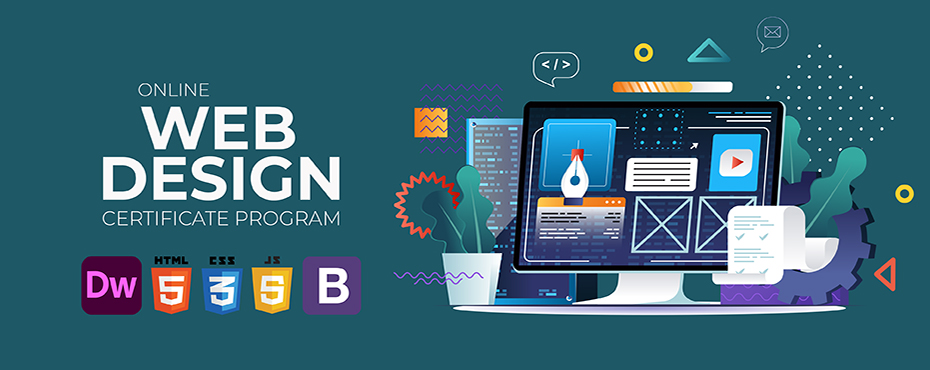All Categories
Featured
Table of Contents
- – Web Design - Wikipedia Tips and Tricks:
- – Boxcar Studio - Wordpress & Drupal Web Design...
- – 53 Web Design Tools To Help You Work Smarter ...
- – Why Web Design Is Dead - - Ux Magazine Tips a...
- – Webpage Design (Article) - Further Learning -...
- – Web Design Studio & Digital Marketing Agency ...
- – Website Design - Best Ecommerce Web Design B...
- – Webdesign Designs, Themes, Templates And ......
- – Web Design And Applications - W3c Tips and T...
- – Minneapolis Web Design - 100+ Five Star Revi...
- – Web Design And Applications - W3c Tips and T...
Web Design - Wikipedia Tips and Tricks:
Quick summary Usability and the utility, not the visual style, figure out the success or failure of a site. Given that the visitor of the page is the only individual who clicks the mouse and therefore decides everything, user-centric style has established as a standard technique for successful and profit-oriented website design - web design frederick md.
and the utility, not the visual design, identify the success or failure of a site. Considering that the visitor of the page is the only individual who clicks the mouse and for that reason decides everything, user-centric style has ended up being a standard method for successful and profit-oriented web design. If users can't use a feature, it may as well not exist.
g. where the search box must be positioned) as it has currently been performed in a variety of posts; instead we concentrate on the techniques which, utilized effectively, can lead to more sophisticated design decisions and streamline the procedure of viewing provided details. Please observe that you may be thinking about the usability-related articles we've released before: Concepts Of Good Website Style And Efficient Web Style Standards, In order to utilize the principles effectively we initially require to comprehend how users communicate with websites, how they think and what are the fundamental patterns of users' habits.
Boxcar Studio - Wordpress & Drupal Web Design ... - Ann Arbor Tips and Tricks:
Visitors look at each new page, scan some of the text, and click the very first link that captures their interest or vaguely resembles the thing they're trying to find. In fact, there are large parts of the page they don't even take a look at. Most users search for something fascinating (or beneficial) and clickable; as quickly as some promising candidates are found, users click.
If a page supplies users with top quality content, they want to compromise the content with advertisements and the design of the website. This is the factor why not-that-well-designed websites with premium content get a lot of traffic over years. Material is more important than the style which supports it.

Users don't check out, they scan. Notification how "hot" locations abrupt in the middle of sentences. This is typical for the scanning process. Really simple principle: If a site isn't able to fulfill users' expectations, then designer failed to get his task done effectively and the business loses money. The greater is the cognitive load and the less intuitive is the navigation, the more willing are users to leave the site and search for alternatives.
53 Web Design Tools To Help You Work Smarter In 2022 Tips and Tricks:
Neither do they scan website in a direct fashion, going sequentially from one site section to another one. Instead users satisfice; they choose the first sensible alternative. As soon as they discover a link that appears like it may cause the goal, there is an excellent chance that it will be immediately clicked.
It does not matter to us if we understand how things work, as long as we can use them. If your audience is going to imitate you're developing billboard, then style excellent signboards." Users desire to be able to control their internet browser and depend on the consistent data presentation throughout the site.
If the navigation and website architecture aren't instinctive, the number of question marks grows and makes it harder for users to comprehend how the system works and how to receive from point A to point B. A clear structure, moderate visual clues and quickly recognizable links can assist users to discover their path to their goal.
Why Web Design Is Dead - - Ux Magazine Tips and Tricks:

Since users tend to check out websites according to the "F"-pattern, these 3 declarations would be the first aspects users will see on the page once it is loaded. The style itself is easy and instinctive, to understand what the page is about the user requires to search for the response.
As soon as you've attained this, you can communicate why the system is useful and how users can take advantage of it. Individuals won't utilize your web website if they can't find their method around it. 2. Don't Misuse Users' Patience, In every project when you are going to provide your visitors some service or tool, try to keep your user requirements minimal.
Novice visitors want to, not filling long web types for an account they might never utilize in the future. Let users explore the site and find your services without requiring them into sharing personal information. It's not reasonable to force users to enter an email address to test the feature.
Webpage Design (Article) - Further Learning - Khan Academy Tips and Tricks:
And that's what you want your users to feel on your web website. The registration can be done in less than 30 seconds as the form has horizontal orientation, the user does not even require to scroll the page.
A user registration alone is adequate of an impediment to user navigation to minimize incoming traffic. 3. Handle To Focus Users' Attention, As sites supply both fixed and vibrant content, some elements of the user interface attract attention more than others do. Clearly, images are more eye-catching than the text just as the sentences marked as strong are more appealing than plain text.
Focusing users' attention to specific locations of the website with a moderate usage of visual components can help your visitors to get from point A to point B without thinking about how it actually is expected to be done. The less enigma visitors have, the they have and the more trust they can establish towards the business the website represents.
Web Design Studio & Digital Marketing Agency • Gravitate Tips and Tricks:
Aim For Feature Direct exposure, Modern web designs are typically slammed due to their method of guiding users with visually appealing 1-2-3-done-steps, large buttons with visual effects and so on. From the style perspective these components in fact aren't a bad thing.
The site has 9 main navigation choices which show up at the first glance. The choice of colors may be too light. is a basic principle of effective user interface design. It doesn't really matter how this is attained. What matters is that the material is well-understood and visitors feel comfortable with the method they communicate with the system.
Rather a price: just what visitors are looking for. An optimal solution for efficient writing is touse brief and succinct expressions (come to the point as quickly as possible), usage scannable layout (categorize the content, utilize multiple heading levels, use visual aspects and bulleted lists which break the flow of uniform text blocks), usage plain and objective language (a promo does not require to sound like ad; provide your users some sensible and objective factor why they must utilize your service or remain on your site)6.
Website Design - Best Ecommerce Web Design By Shopify Tips and Tricks:
Users are seldom on a site to delight in the design; furthermore, in most cases they are searching for the information in spite of the design - web design frederick md. Pursue simpleness rather of intricacy. From the visitors' point of view, the finest site style is a pure text, with no ads or further content obstructs matching exactly the question visitors utilized or the material they've been looking for.
Finch clearly provides the details about the website and provides visitors an option of alternatives without overcrowding them with unnecessary content. Not only does it help to for the visitors, however it makes it possible to view the details presented on the screen.
Complex structures are more difficult to read, scan, evaluate and work with. If you have the choice between separating two design sections by a noticeable line or by some whitespace, it's generally much better to utilize the whitespace solution. (Simon's Law): the much better you manage to offer users with a sense of visual hierarchy, the simpler your material will be to perceive.
Webdesign Designs, Themes, Templates And ... - Dribbble Tips and Tricks:
The same conventions and guidelines need to be applied to all elements.: do the most with the least amount of cues and visual components. Clearness: all components must be created so their significance is not uncertain.
Conventions Are Our Friends, Conventional design of site aspects doesn't result in a dull web website. It would be an usability headache if all websites had various visual discussion of RSS-feeds.
understand what they're expecting from a site navigation, text structure, search placement etc. A case in point from use sessions is to equate the page in Japanese (assuming your web users do not understand Japanese, e. g. with Babelfish) and supply your usability testers with a task to discover something in the page of various language.
Web Design And Applications - W3c Tips and Tricks:
Steve Krug suggests that it's much better to, but benefit from conventions when you do not. 10. Test Early, Test Typically, This so-called TETO-principle needs to be used to every web style job as usability tests frequently supply into significant problems and issues connected to a given layout. Test not far too late, not too little and not for the incorrect factors.
Some important points to keep in mind: according to Steve Krug, and screening one user early in the project is much better than testing 50 near the end. Accoring to Boehm's very first law, mistakes are most frequent throughout requirements and style activities and are the more expensive the later they are removed.
That means that you develop something, test it, fix it and after that evaluate it once again. There might be issues which have not been discovered throughout the very first round as users were virtually blocked by other issues. functionality tests. Either you'll be pointed to the issues you have or you'll be pointed to the lack of significant design defects which remains in both cases an useful insight for your project.
Minneapolis Web Design - 100+ Five Star Reviews - Seo ... Tips and Tricks:

This holds for designers. After you've worked on a site for couple of weeks, you can't observe it from a fresh perspective any longer. You understand how it is constructed and for that reason you understand precisely how it works you have the knowledge independent testers and visitors of your website would not have.
It can be linked to other locations such as graphic design, user experience, and multimedia arts, but is more appropriately seen from a technological perspective. It has actually ended up being a big part of people's daily lives. It is hard to imagine the Internet without animated graphics, different designs of typography, background, videos and music.

During 1991 to 1993 the World Wide Web was born. Text-only pages could be viewed using an easy line-mode web browser. There had actually been no integrated method to graphic style aspects such as images or sounds.
Web Design And Applications - W3c Tips and Tricks:
The W3C was created in October 1994 to "lead the Internet to its full capacity by developing common protocols that promote its advancement and ensure its interoperability." This discouraged any one business from monopolizing a propriety browser and shows language, which could have modified the effect of the Web as a whole.
As this has occurred the technology of the web has actually likewise carried on. There have actually also been substantial changes in the way individuals use and access the web, and this has actually changed how sites are designed. Since the end of the internet browsers wars [] brand-new browsers have been launched. Much of these are open source suggesting that they tend to have quicker advancement and are more helpful of new requirements.
Learn more about Lovell Media Group LLC or TrainACETable of Contents
- – Web Design - Wikipedia Tips and Tricks:
- – Boxcar Studio - Wordpress & Drupal Web Design...
- – 53 Web Design Tools To Help You Work Smarter ...
- – Why Web Design Is Dead - - Ux Magazine Tips a...
- – Webpage Design (Article) - Further Learning -...
- – Web Design Studio & Digital Marketing Agency ...
- – Website Design - Best Ecommerce Web Design B...
- – Webdesign Designs, Themes, Templates And ......
- – Web Design And Applications - W3c Tips and T...
- – Minneapolis Web Design - 100+ Five Star Revi...
- – Web Design And Applications - W3c Tips and T...
Latest Posts
Web Design And Development Services Frederick MD
Learn Web Design With Online Courses, Classes, & Lessons Tips and Tricks:
Web Design - Website Design Tutorials, Articles And Free Stuff Tips and Tricks:
More
Latest Posts
Web Design And Development Services Frederick MD
Learn Web Design With Online Courses, Classes, & Lessons Tips and Tricks:
Web Design - Website Design Tutorials, Articles And Free Stuff Tips and Tricks: